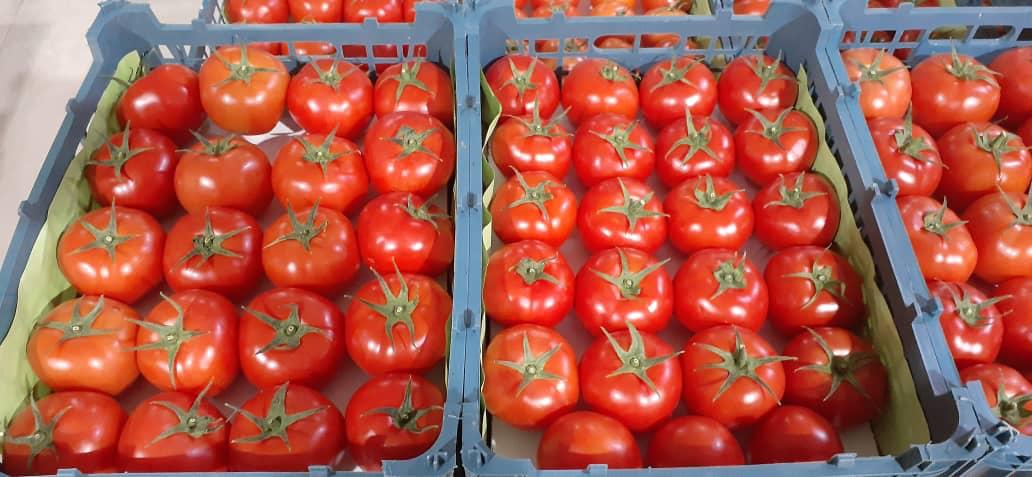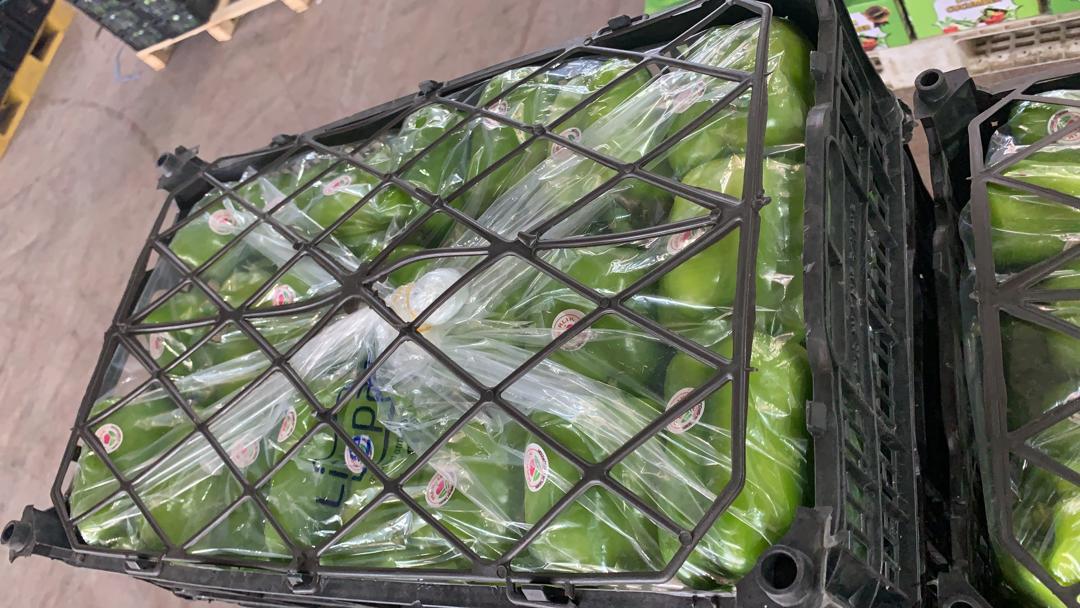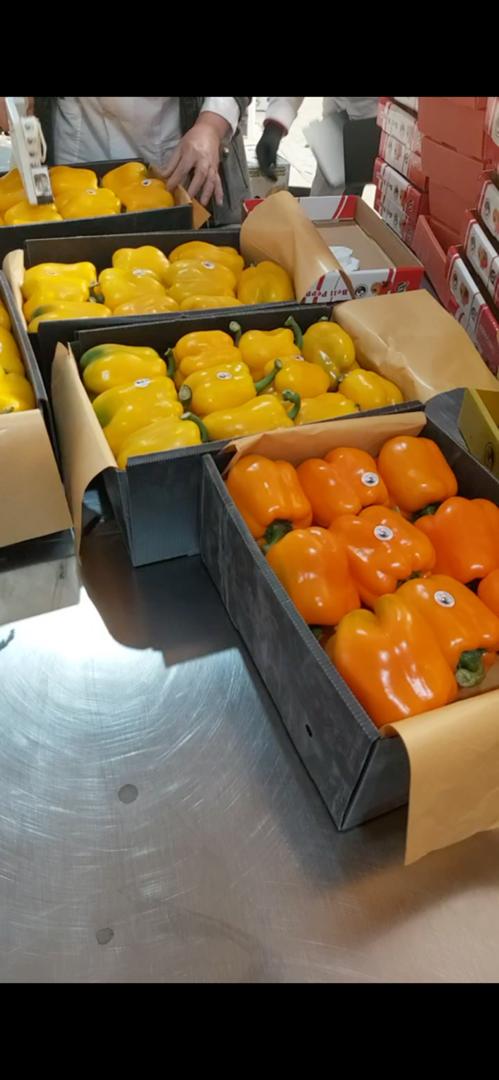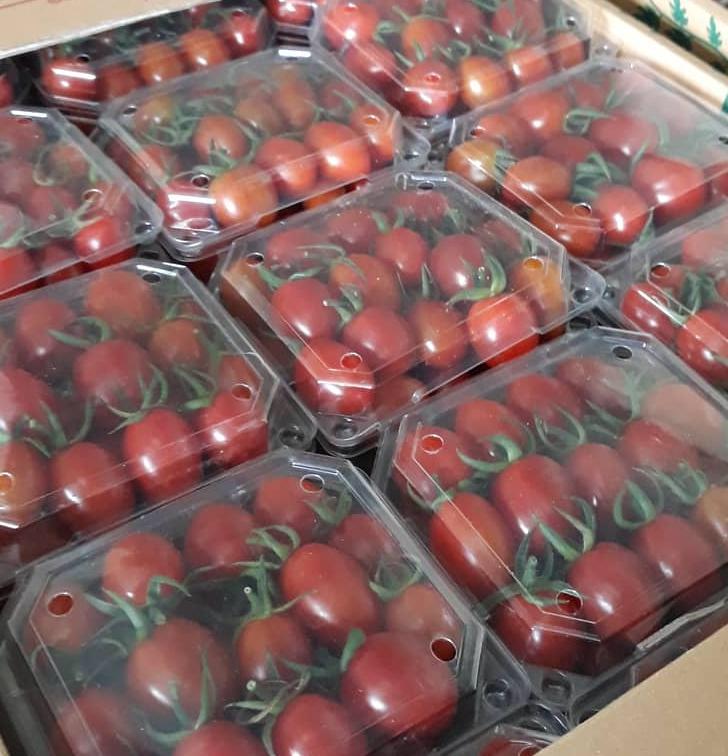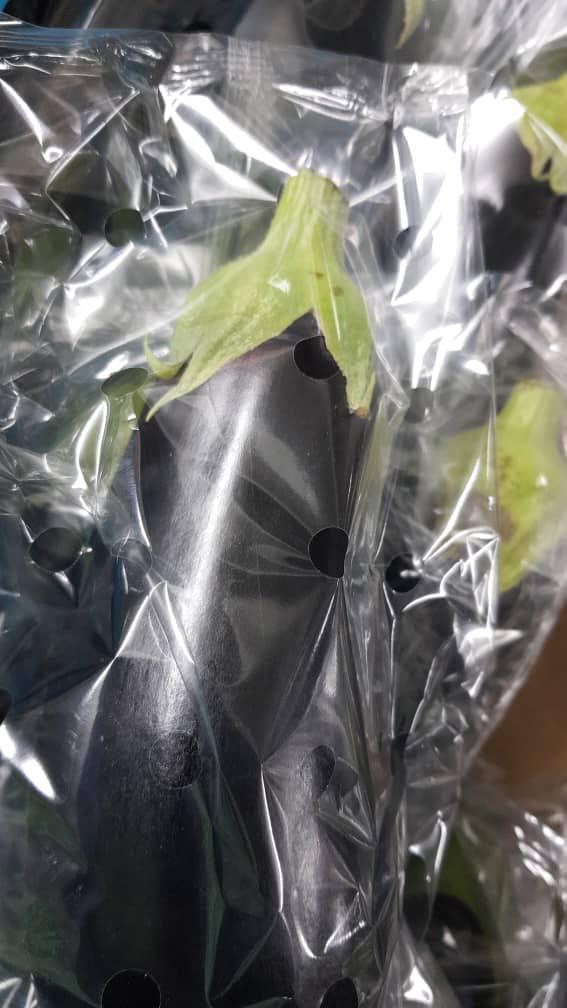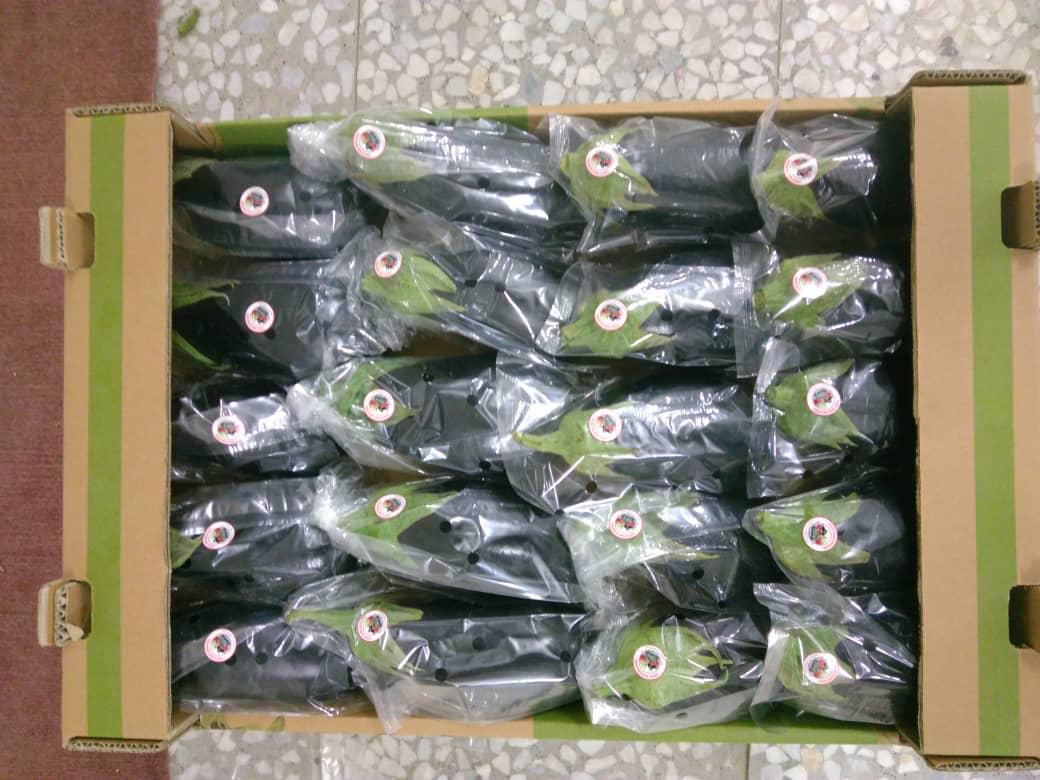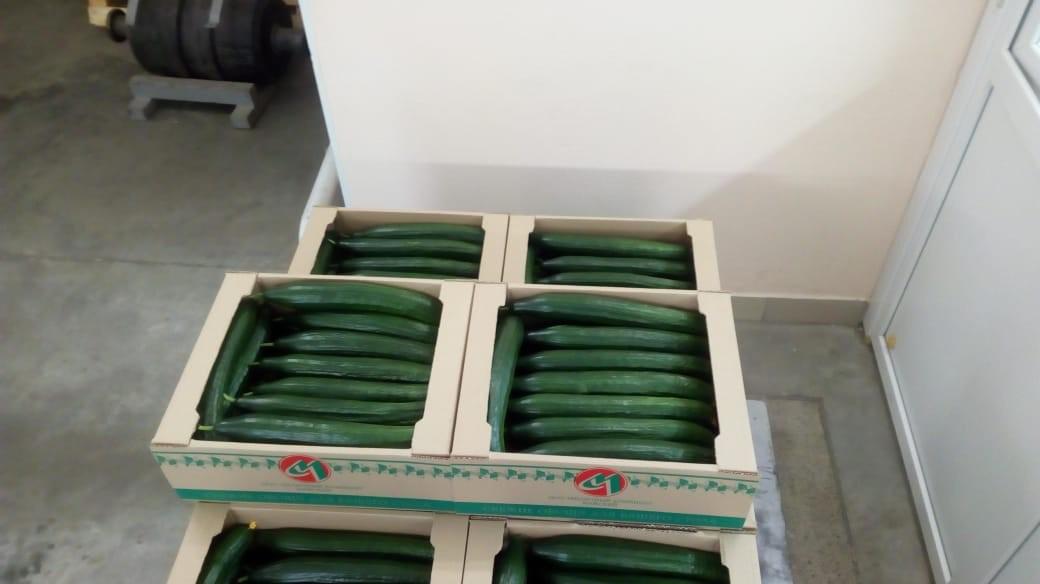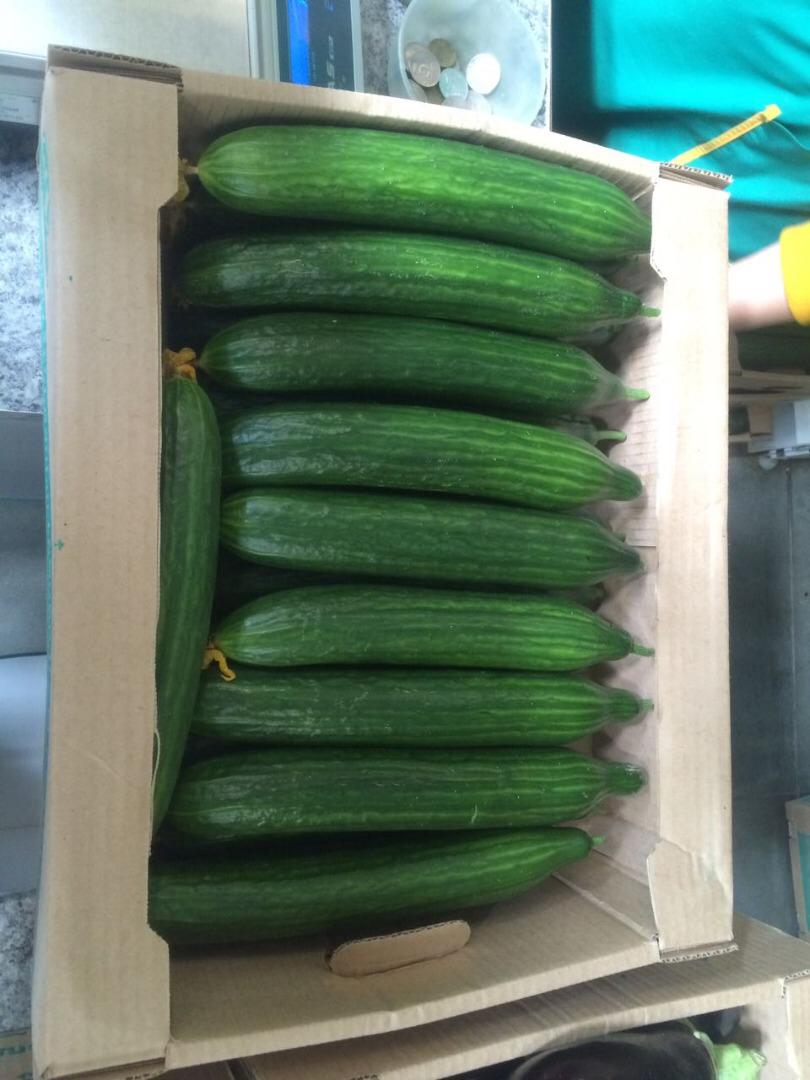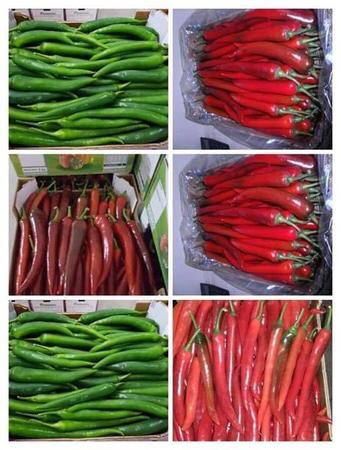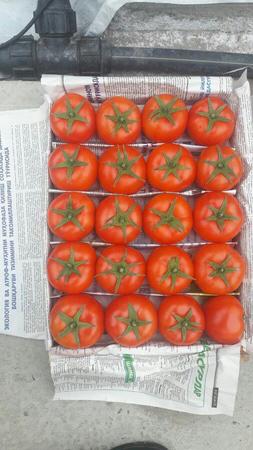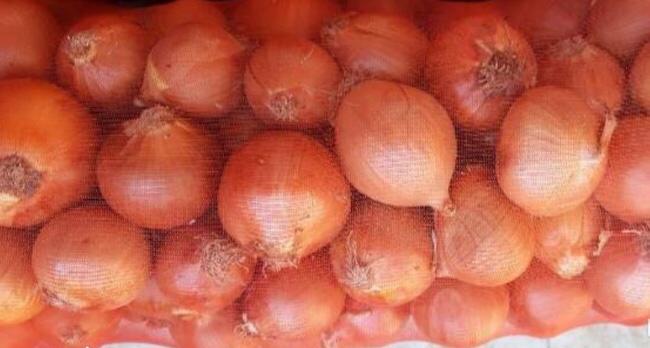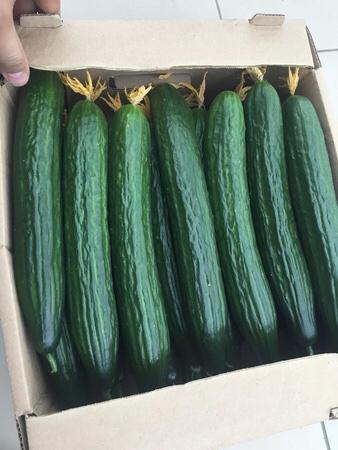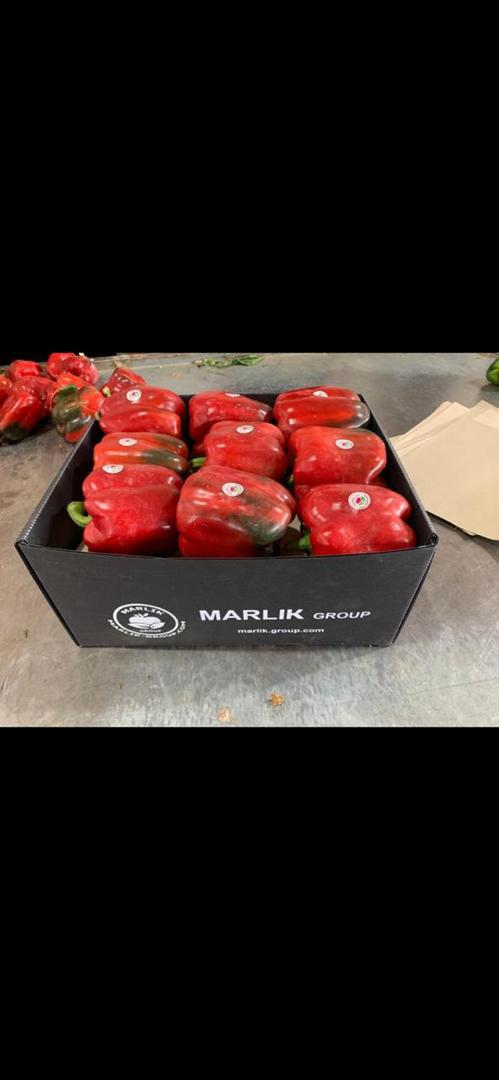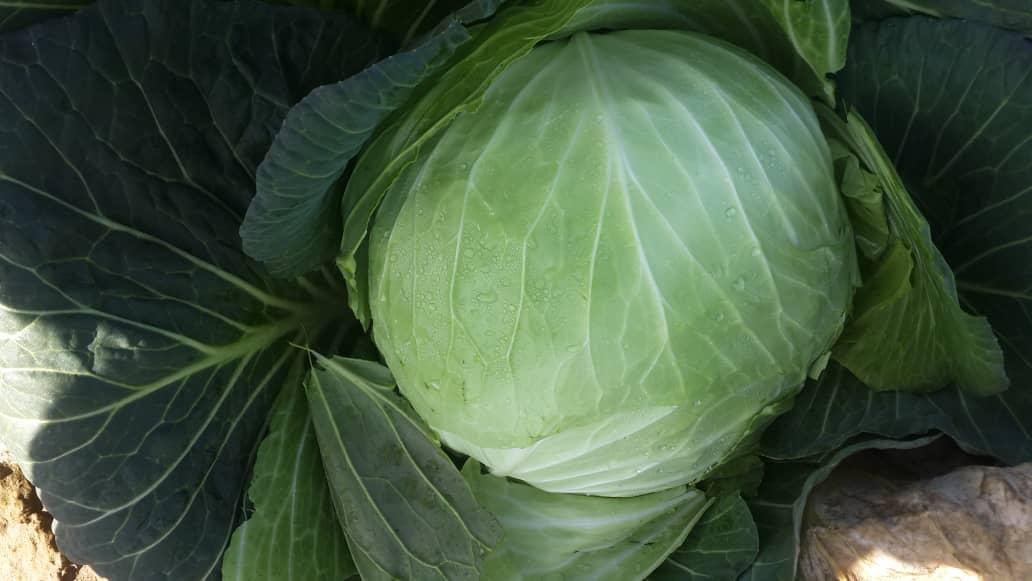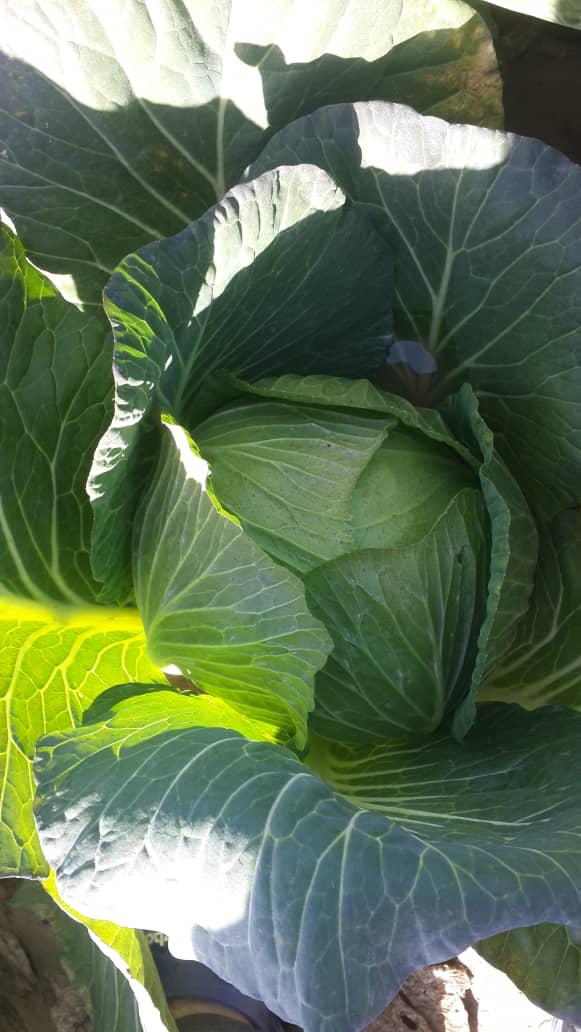We can supply all kind of agricultural products from Iran. With Best qualities and Standards. Our company is located in iran. And you will be sure that the prices are low. Mansaa is a short name for Meisan noor sanat Aria. +989160543844 is the number you can reach.
Make a safe deal with this supplier.
Apply
Mansaa
Tehran, Iran
Specify the price
The tomato is the edible, often red, berry of the plant Solanum lycopersicum, commonly known as a tomato plant. The species originated in western South America and Central America. The Nahuatl (Aztec language) word tomatl gave rise to the Spanish word tomate, from which the English word tomato derived.
Mansaa
Tehran, Iran
Specify the price
The tomato is the edible, often red, berry of the plant Solanum lycopersicum, commonly known as a tomato plant. The species originated in western South America and Central America. The Nahuatl (Aztec language) word tomatl gave rise to the Spanish word tomate, from which the English word tomato derived.
Mansaa
Tehran, Iran
Specify the price
Cabbage (comprising several cultivars of Brassica oleracea) is a leafy green, red (purple), or white (pale green) biennial plant grown as an annual vegetable crop for its dense-leaved heads. It is descended from the wild cabbage, B. oleracea var. oleracea, and belongs to the "cole crops" or brassicas, meaning it is closely related to broccoli and cauliflower (var. botrytis); Brussels sprouts (var. gemmifera); and savoy cabbage (var. sabauda).
Cabbage weights generally range from 0.5 to 4 kilograms (1 to 9 lb). Smooth-leafed, firm-headed green cabbages are the most common. Smooth-leafed purple cabbages and crinkle-leafed savoy cabbages of both colors are rarer. It is a multi-layered vegetable. Under conditions of long sunny days, such as those found at high northern latitudes in summer, cabbages can grow quite large. As of 2012, the heaviest cabbage was 62.71 kilograms (138.25 lb).
Cabbage was most likely domesticated somewhere in Europe before 1000 BC, although savoys were not developed until the 16th century AD. By the Middle Ages, cabbage had become a prominent part of European cuisine. Cabbage heads are generally picked during the first year of the plant's life cycle, but plants intended for seed are allowed to grow a second year and must be kept separate from other cole crops to prevent cross-pollination. Cabbage is prone to several nutrient deficiencies, as well as to multiple pests, and bacterial and fungal diseases.
Cabbages are prepared many different ways for eating; they can be pickled, fermented (for dishes such as sauerkraut), steamed, stewed, sautéed, braised, or eaten raw. Cabbage is a good source of vitamin K, vitamin C and dietary fiber. World production of cabbage and other brassicas for 2017 was 71 million tonnes, with China accounting for 47% of the world total.
Mansaa
Tehran, Iran
Specify the price
Cabbage (comprising several cultivars of Brassica oleracea) is a leafy green, red (purple), or white (pale green) biennial plant grown as an annual vegetable crop for its dense-leaved heads. It is descended from the wild cabbage, B. oleracea var. oleracea, and belongs to the "cole crops" or brassicas, meaning it is closely related to broccoli and cauliflower (var. botrytis); Brussels sprouts (var. gemmifera); and savoy cabbage (var. sabauda).
Cabbage weights generally range from 0.5 to 4 kilograms (1 to 9 lb). Smooth-leafed, firm-headed green cabbages are the most common. Smooth-leafed purple cabbages and crinkle-leafed savoy cabbages of both colors are rarer. It is a multi-layered vegetable. Under conditions of long sunny days, such as those found at high northern latitudes in summer, cabbages can grow quite large. As of 2012, the heaviest cabbage was 62.71 kilograms (138.25 lb).
Cabbage was most likely domesticated somewhere in Europe before 1000 BC, although savoys were not developed until the 16th century AD. By the Middle Ages, cabbage had become a prominent part of European cuisine. Cabbage heads are generally picked during the first year of the plant's life cycle, but plants intended for seed are allowed to grow a second year and must be kept separate from other cole crops to prevent cross-pollination. Cabbage is prone to several nutrient deficiencies, as well as to multiple pests, and bacterial and fungal diseases.
Cabbages are prepared many different ways for eating; they can be pickled, fermented (for dishes such as sauerkraut), steamed, stewed, sautéed, braised, or eaten raw. Cabbage is a good source of vitamin K, vitamin C and dietary fiber. World production of cabbage and other brassicas for 2017 was 71 million tonnes, with China accounting for 47% of the world total.
Mansaa
Tehran, Iran
Specify the price
Cucumber (Cucumis sativus) is a widely cultivated plant in the gourd family, Cucurbitaceae. It is a creeping vine that bears cucumiform fruits that are used as vegetables. There are three main varieties of cucumber: slicing, pickling, and seedless. Within these varieties, several cultivars have been created. In North America, the term "wild cucumber" refers to plants in the genera Echinocystis and Marah, but these are not closely related. The cucumber is originally from South Asia, but now grows on most continents. Many different types of cucumber are traded on the global market.
Mansaa
Tehran, Iran
Specify the price
Cucumber (Cucumis sativus) is a widely cultivated plant in the gourd family, Cucurbitaceae. It is a creeping vine that bears cucumiform fruits that are used as vegetables. There are three main varieties of cucumber: slicing, pickling, and seedless. Within these varieties, several cultivars have been created. In North America, the term "wild cucumber" refers to plants in the genera Echinocystis and Marah, but these are not closely related. The cucumber is originally from South Asia, but now grows on most continents. Many different types of cucumber are traded on the global market.
Mansaa
Tehran, Iran
Specify the price
Cucumber (Cucumis sativus) is a widely cultivated plant in the gourd family, Cucurbitaceae. It is a creeping vine that bears cucumiform fruits that are used as vegetables. There are three main varieties of cucumber: slicing, pickling, and seedless. Within these varieties, several cultivars have been created. In North America, the term "wild cucumber" refers to plants in the genera Echinocystis and Marah, but these are not closely related. The cucumber is originally from South Asia, but now grows on most continents. Many different types of cucumber are traded on the global market.
Mansaa
Tehran, Iran
Specify the price
Eggplant (USA,[1] Australia,[2] New Zealand, anglophone Canada), aubergine (UK,[3] Ireland, France, Quebec) or brinjal (South Asia, South Africa)[4] is a plant species in the nightshade family Solanaceae. Solanum melongena is grown worldwide for its edible fruit.
Most commonly purple, the spongy, absorbent fruit is used in several cuisines. Although often considered a vegetable, it is a berry by botanical definition. As a member of the genus Solanum, it is related to tomato and potato. Like the tomato, its skin and seeds can be eaten, but, like the potato, it is usually eaten cooked. Eggplant is nutritionally low in macronutrient and micronutrient content, but the capability of the fruit to absorb oils and flavors into its flesh through cooking expands its use in the culinary arts.
It was originally domesticated from the wild nightshade species thorn or bitter apple, S. incanum,[5][6][7] probably with two independent domestications: one in South Asia, and one in East Asia.[8]
Mansaa
Tehran, Iran
Specify the price
Eggplant (USA,[1] Australia,[2] New Zealand, anglophone Canada), aubergine (UK,[3] Ireland, France, Quebec) or brinjal (South Asia, South Africa)[4] is a plant species in the nightshade family Solanaceae. Solanum melongena is grown worldwide for its edible fruit.
Most commonly purple, the spongy, absorbent fruit is used in several cuisines. Although often considered a vegetable, it is a berry by botanical definition. As a member of the genus Solanum, it is related to tomato and potato. Like the tomato, its skin and seeds can be eaten, but, like the potato, it is usually eaten cooked. Eggplant is nutritionally low in macronutrient and micronutrient content, but the capability of the fruit to absorb oils and flavors into its flesh through cooking expands its use in the culinary arts.
It was originally domesticated from the wild nightshade species thorn or bitter apple, S. incanum,[5][6][7] probably with two independent domestications: one in South Asia, and one in East Asia.[8]
Mansaa
Tehran, Iran
USD
1.5/kg
The bell pepper (also known as sweet pepper, pepper or capsicum /ˈkæpsɪkəm/) is a cultivar group of the species Capsicum annuum. Cultivars of the plant produce fruits in different colours, including red, yellow, orange, green, white, and purple.
Mansaa
Tehran, Iran
USD
1.5/kg
The bell pepper (also known as sweet pepper, pepper or capsicum /ˈkæpsɪkəm/) is a cultivar group of the species Capsicum annuum. Cultivars of the plant produce fruits in different colours, including red, yellow, orange, green, white, and purple.
Mansaa
Tehran, Iran
USD
1.5/kg
The bell pepper (also known as sweet pepper, pepper or capsicum /ˈkæpsɪkəm/) is a cultivar group of the species Capsicum annuum. Cultivars of the plant produce fruits in different colours, including red, yellow, orange, green, white, and purple.
About company
| Categories: | Address: |
|---|---|
| Crop Production, Vegetables, Greenery, Fruits, Plant growing products | Iran, Tehran, valiasr |
Contact supplier
Supplier:
"Узлегпром"
Product:
Supplier:
Min. order:
Directory
Marketing department:
Marketing department:
Marketing department:
Information
Inform manager that you found the product on Qoovee
The contact details of the supplier is not available!
Send message

